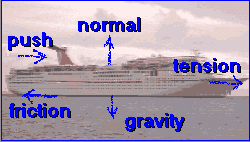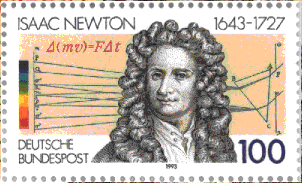
University of Guelph Department of Physics.
http://www.physics.uoguelph.ca/tutorials /fbd/Q.fbd.html
A tutorial on free body diagrams that includes situations involving gravitation, the normal force, friction, push/pull and tensions. Good pictures with overlaid vectors, as well as the same situations reduced to Free Body Diagram (FBD) sketches. There is also a three level graphic-based FBD self-testing quiz which is elaborate but a little slow.

